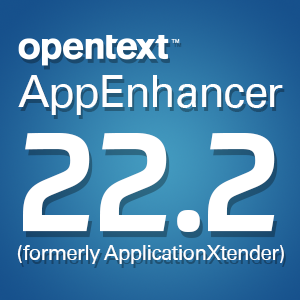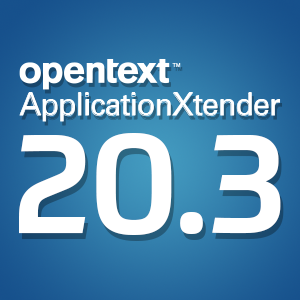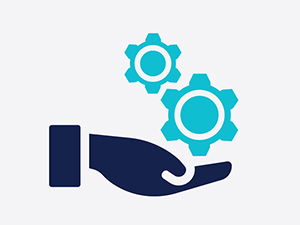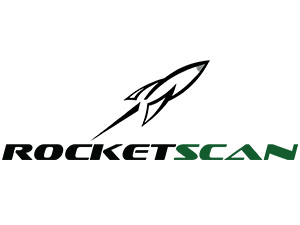Paperless important for hospital growth
Thursday, April 3, 2014There are only so many ways to improve patient care and the quality of a hospital stay, but embracing a paperless strategy can help achieve these goals. Health care facilities looking to enhance the patient-doctor relationship and deliver a higher quality of care can utilize paper conversion services and document management to help nurses and doctors share information faster and spend less time at their desks and more with those they are trying to help.
The key advantage that paperless strategies offer hospitals is collaboration over patient records. Doctors can order tests, read results and fill prescriptions faster and more efficiently with a tablet than filling out paperwork, which will in turn allow them to spend more time paying attention to patient needs and ensuring that the sick and injured get the proper care.
While EHR adoption is a requirement, optimizing it with complete paperless conversion also helps minimize costs and ensure these implementation strategies go smoothly. Medical centers that invest in scanning hardware and document management software will have an easier time building their electronic record database and maintaining it within compliance standards.
Accessibility and quality of record keeping are two of the biggest factors in success with paperless strategies, and health care providers that embrace them with adequate support through information management and conversion services will be able to optimize patient care now and in the future. The success of going paperless relies on the stability of its foundation, and the right service and support early on will ensure these factors fall into place. Hospitals that invest now will have an easier time improving their EHR and paperless deployments over time.
Brought to you by Image One Corporation, providing government and industry compliance solutions since 1994.




